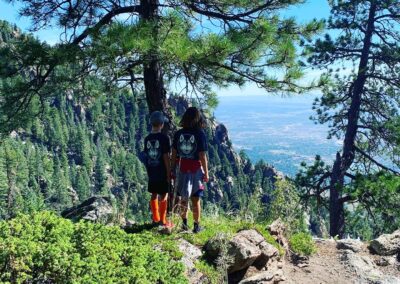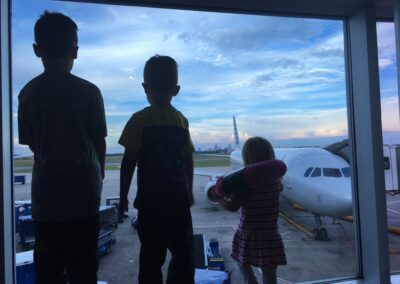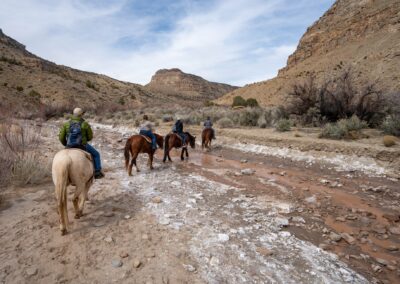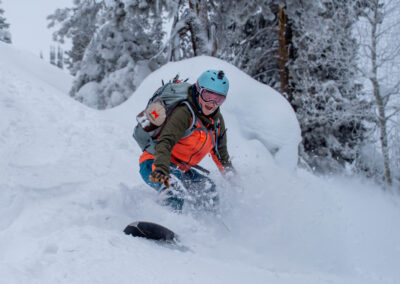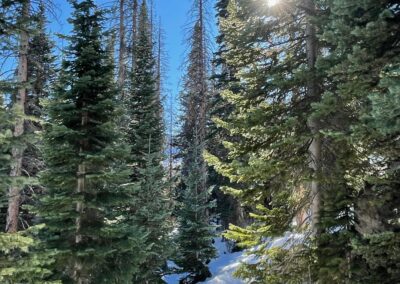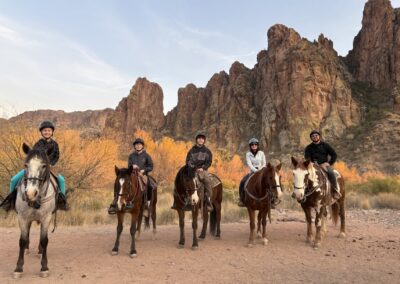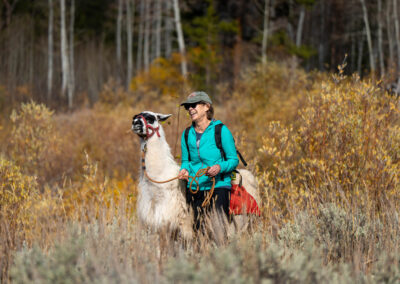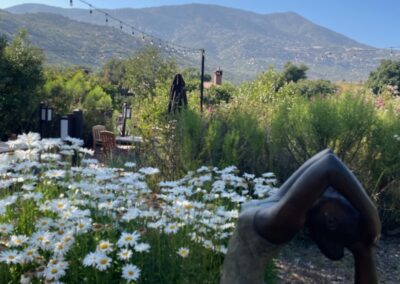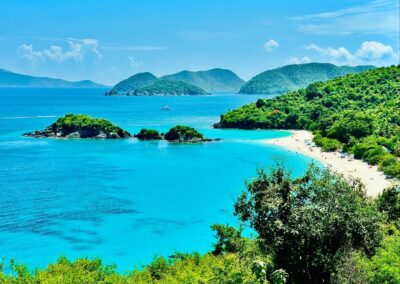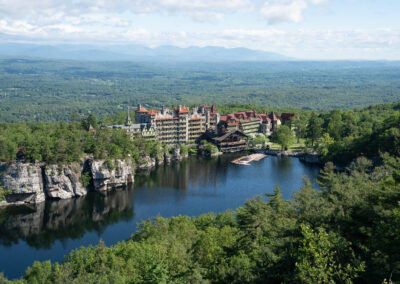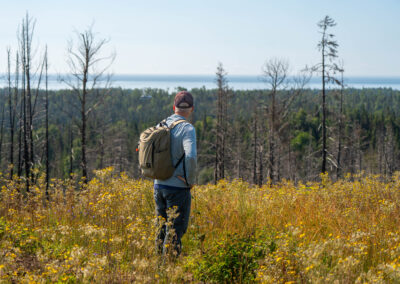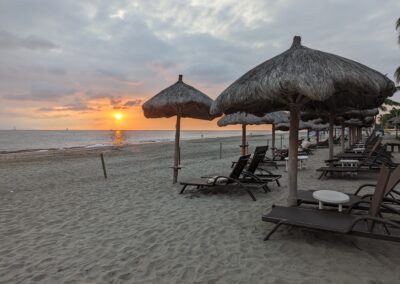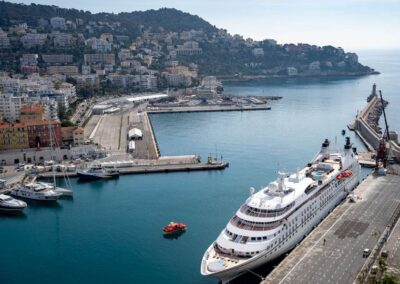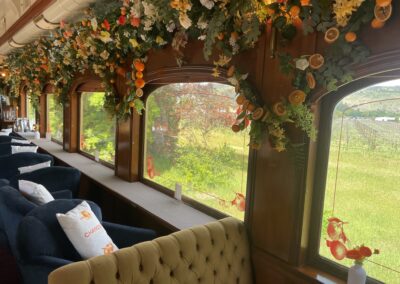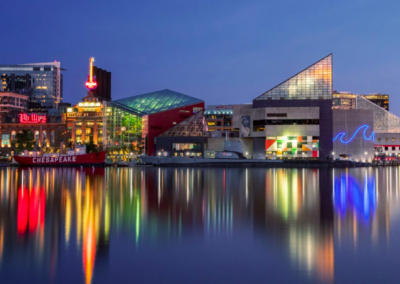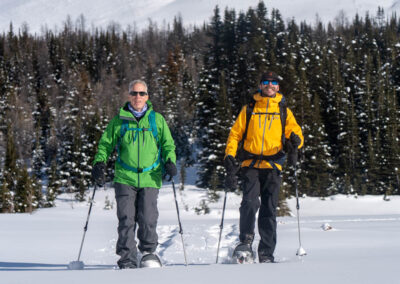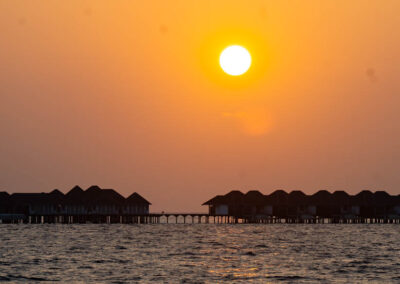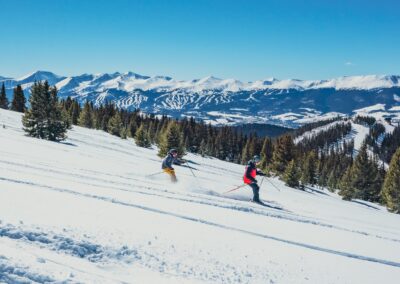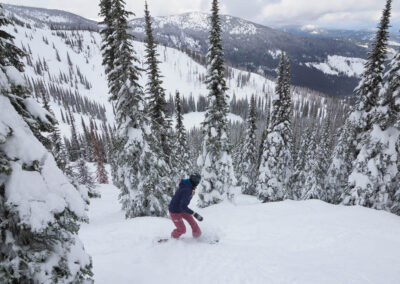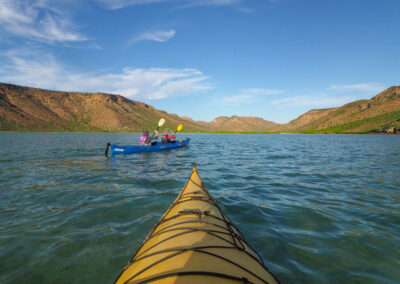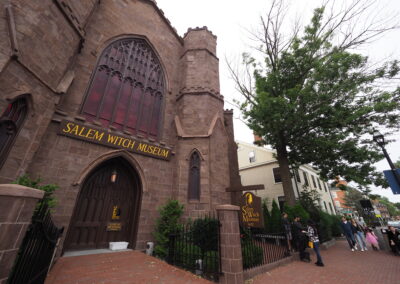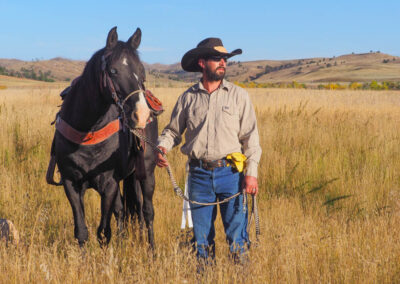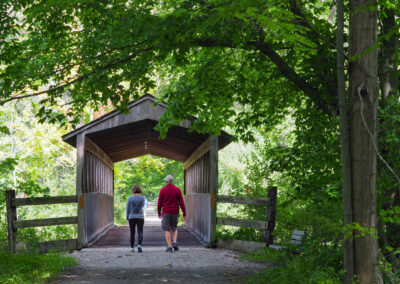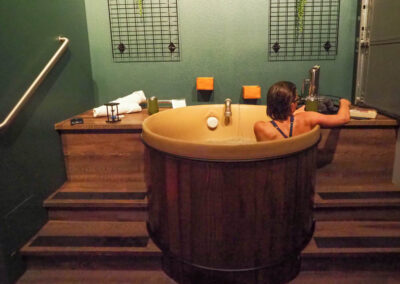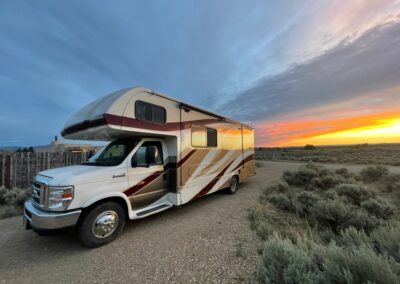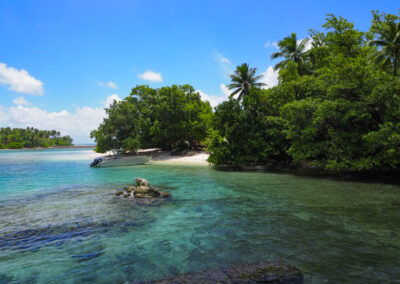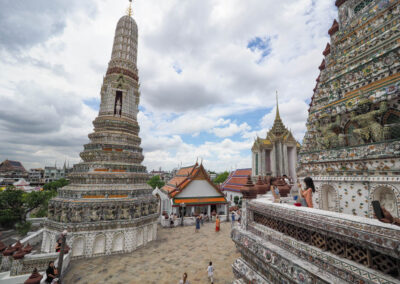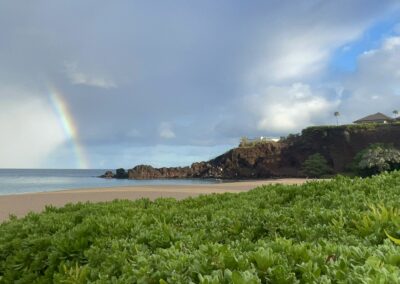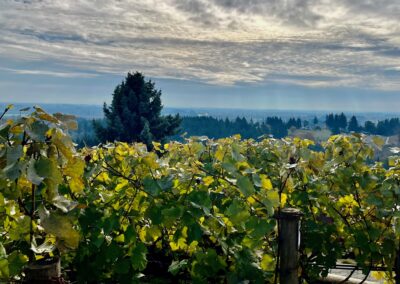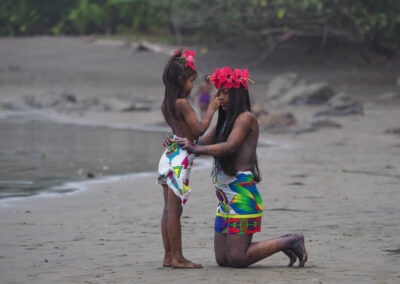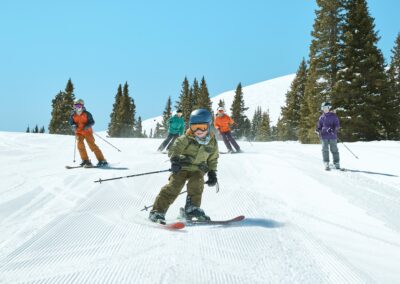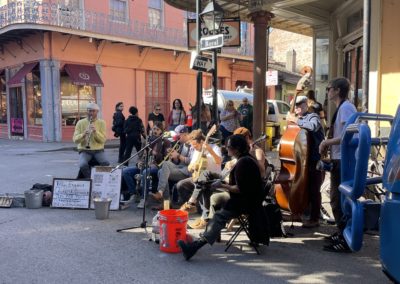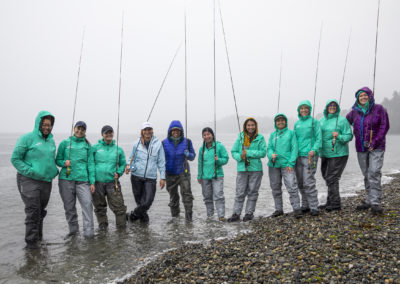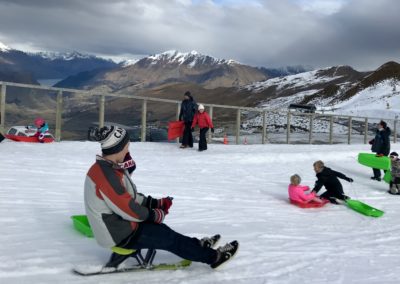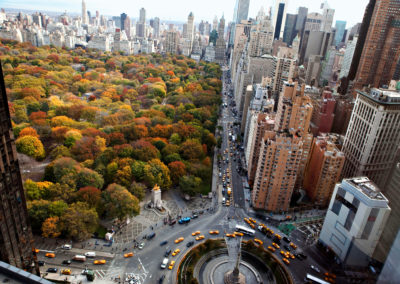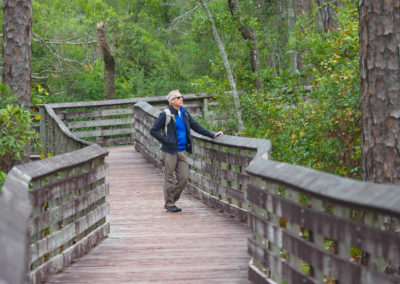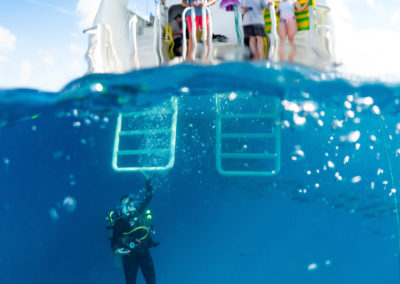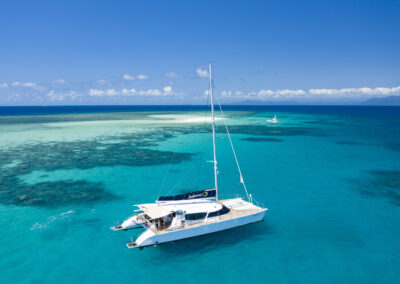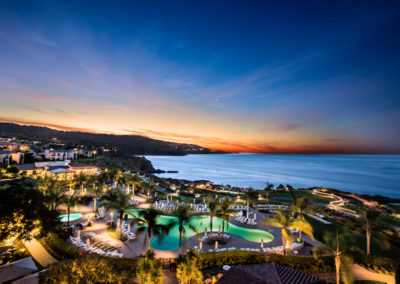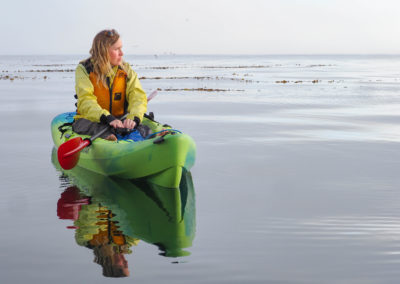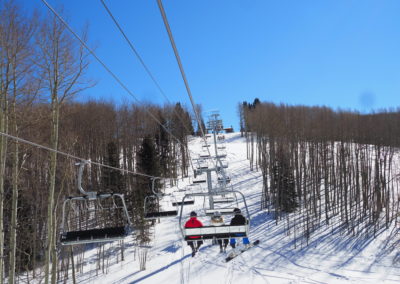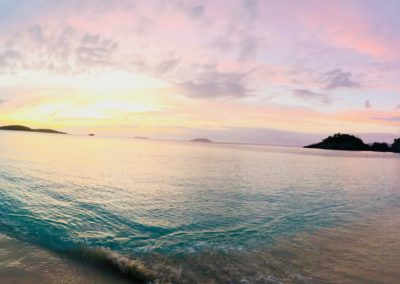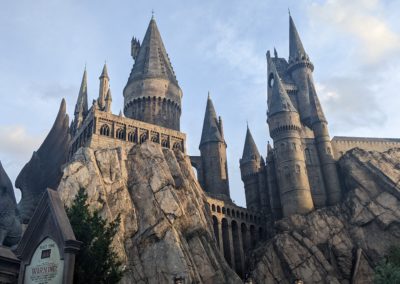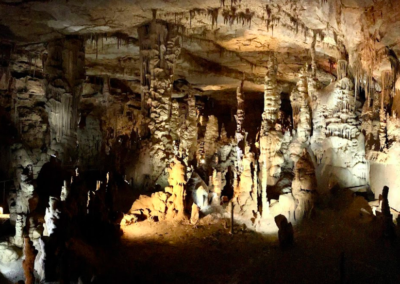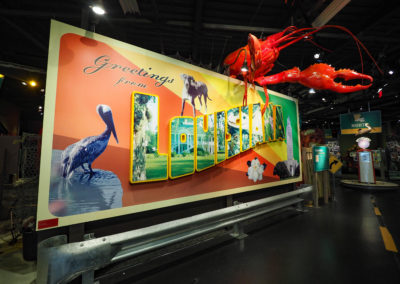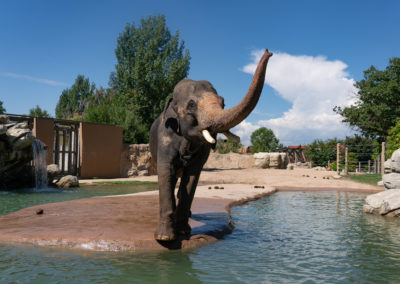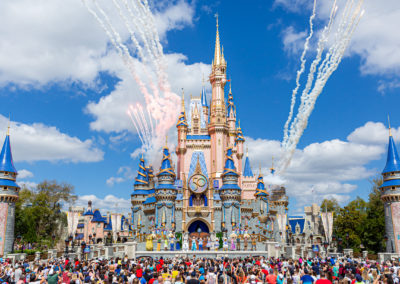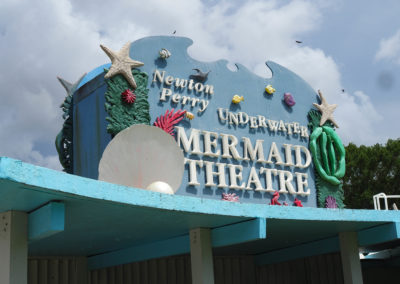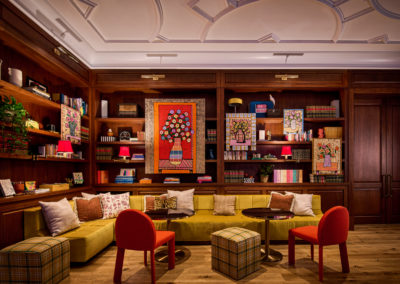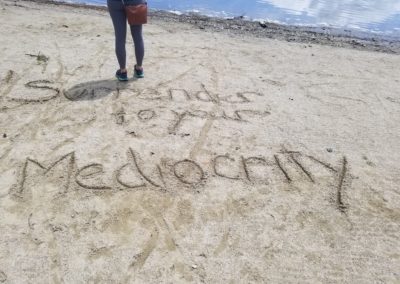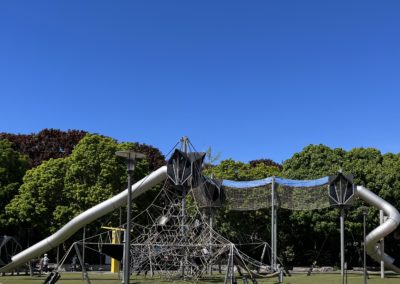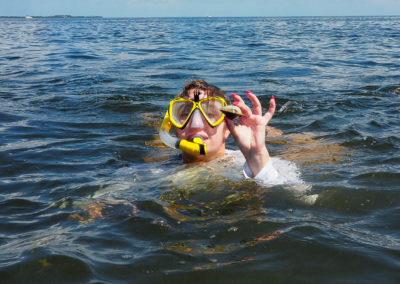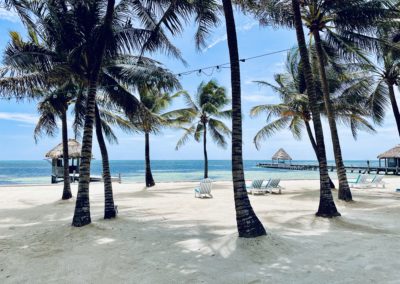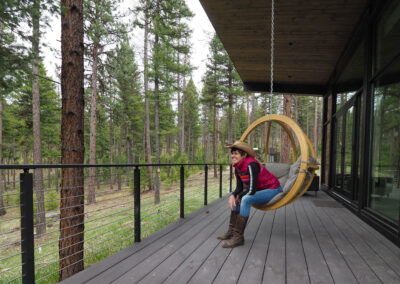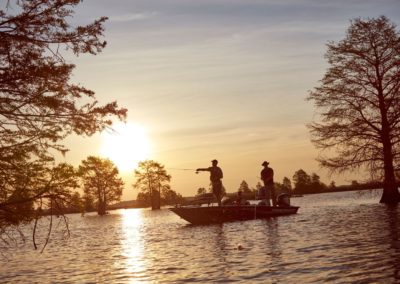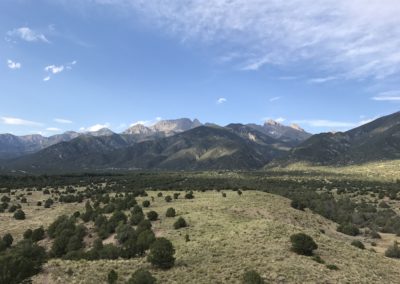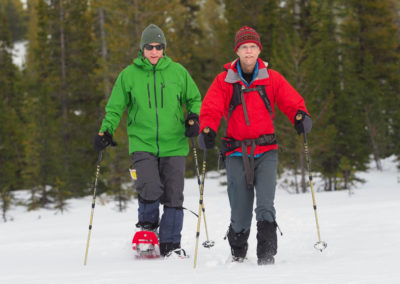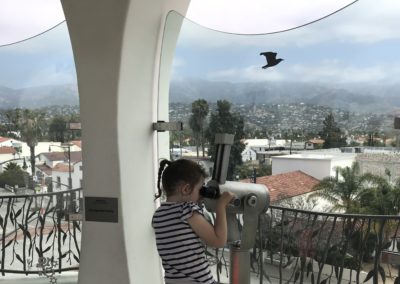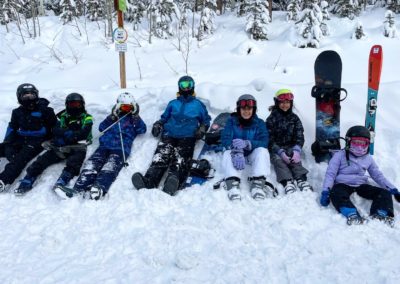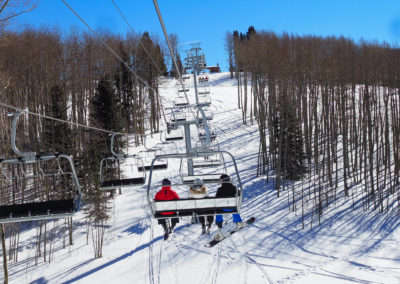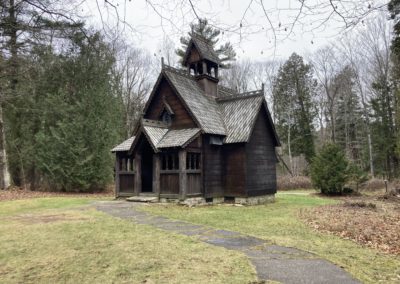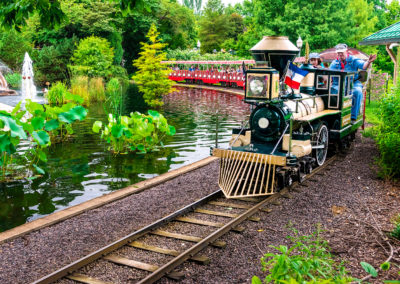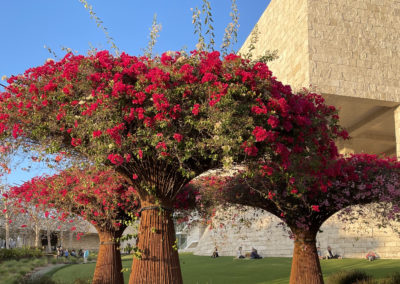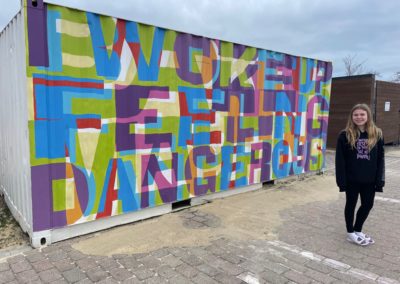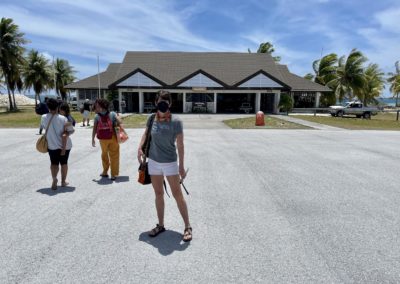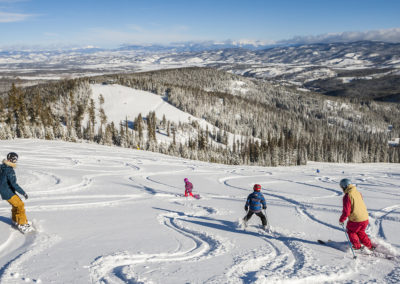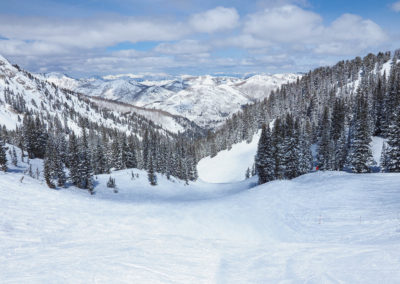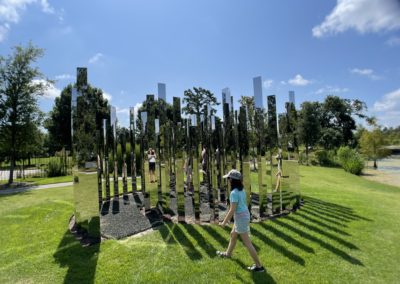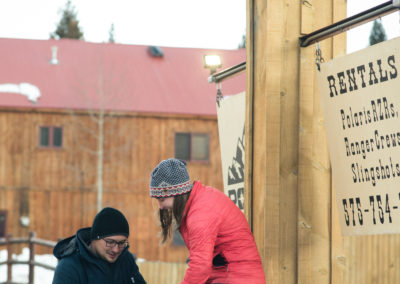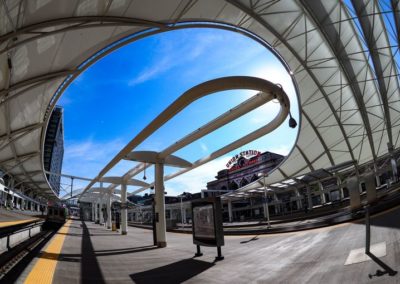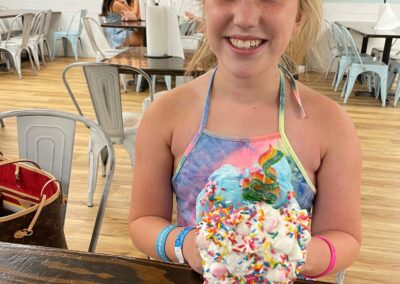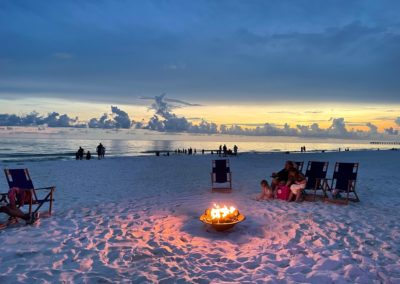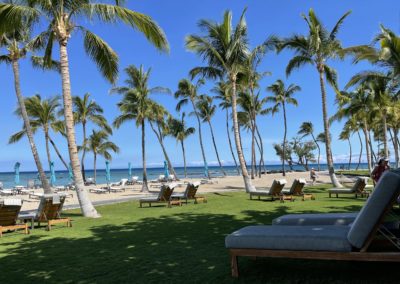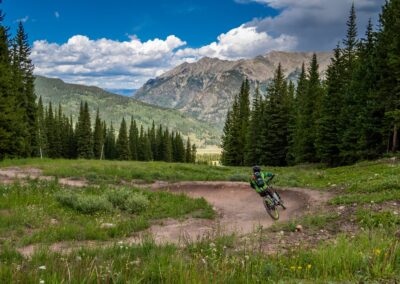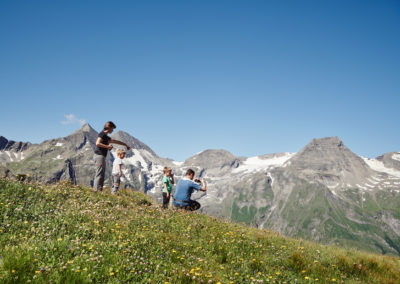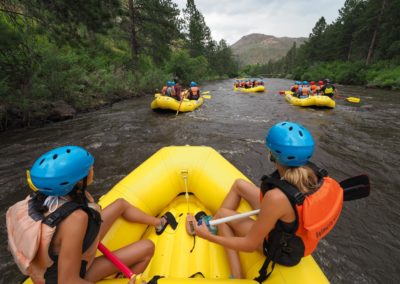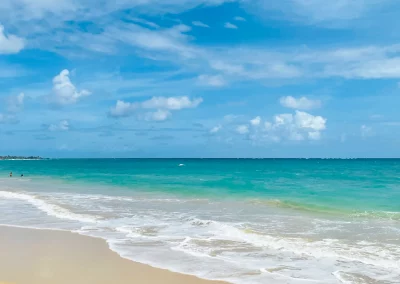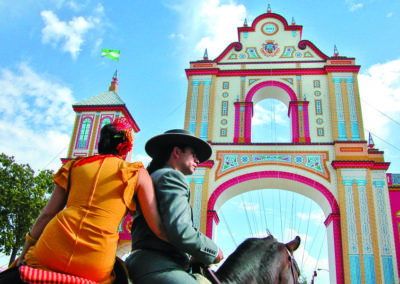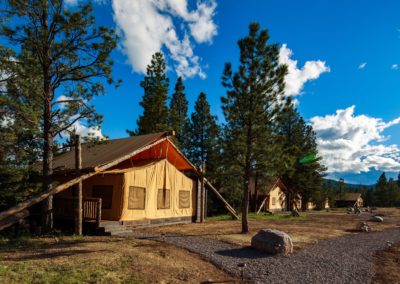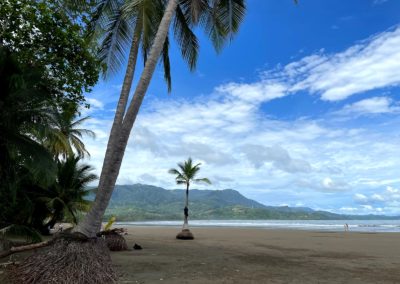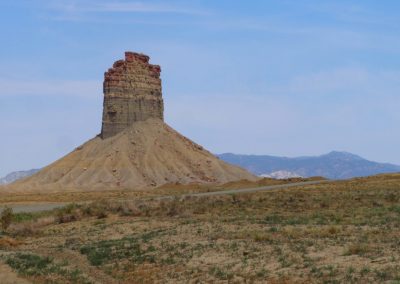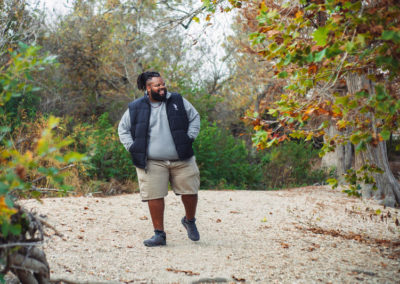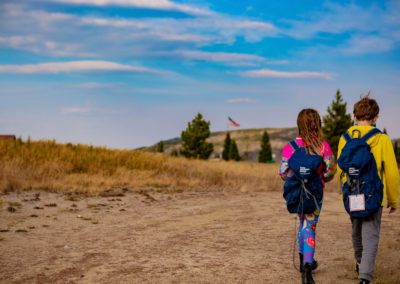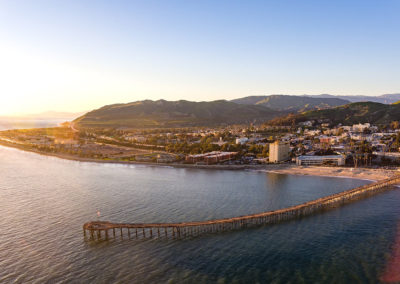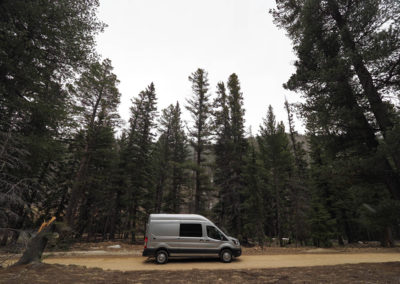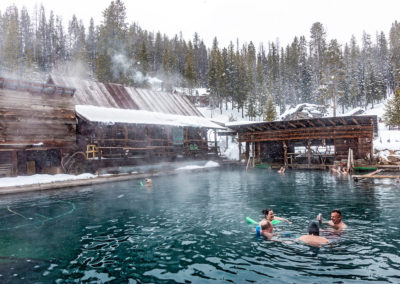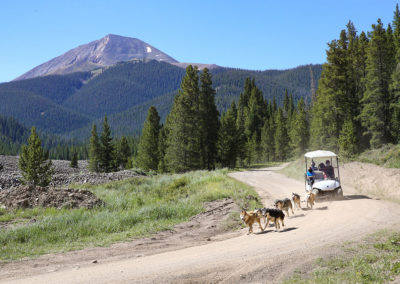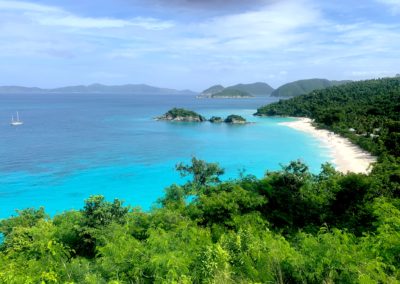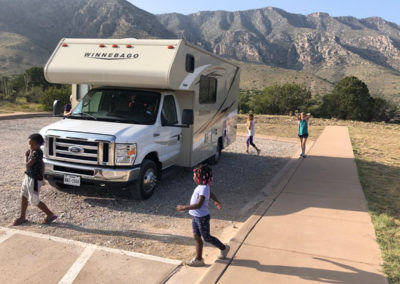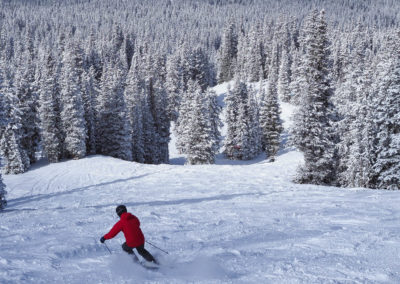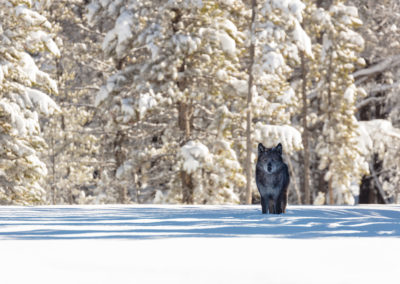
Smithsonian Journeys partnered with Ponant on a week-long cruise through Panama and Costa Rica. Le Bellot carries 184 passengers. Pam LeBlanc photo
Plants in every shade of green spill down a hillside toward the ocean, where a group of indigenous people wearing colorful skirts and beaded necklaces await.
I swing my legs over the side of a motorized dinghy and slosh ashore in a small cove as six men beat out a rhythm on drums and gourds.
I can’t believe I’m here, in Panama’s wild and wooly Darien National Park. The 2,240-square-mile expanse is located just 160 miles from Panama City, which bristles with skyscrapers, but it feels like a different world.
It’s hard to get here. Thick vines, towering trees and exotic blooms fight for space in the jungle. Government officials recommend traveling only with a guide because drug traffickers sometimes pass through the region.
Related: Eat, sleep and dive on a live-aboard scuba trip in the Turks and Caicos
But I’ve come by water. I’m on a weeklong Smithsonian Journeys cruise through Central America aboard Le Bellot, part of the French-based Ponant line. Unlike megaships that boast about amenities like water slides and ziplines, Le Bellot caters to a crowd that would rather listen to lectures on maritime history and biodiversity than participate in a belly flop contest.
And that’s fine with me.
Off to a good start
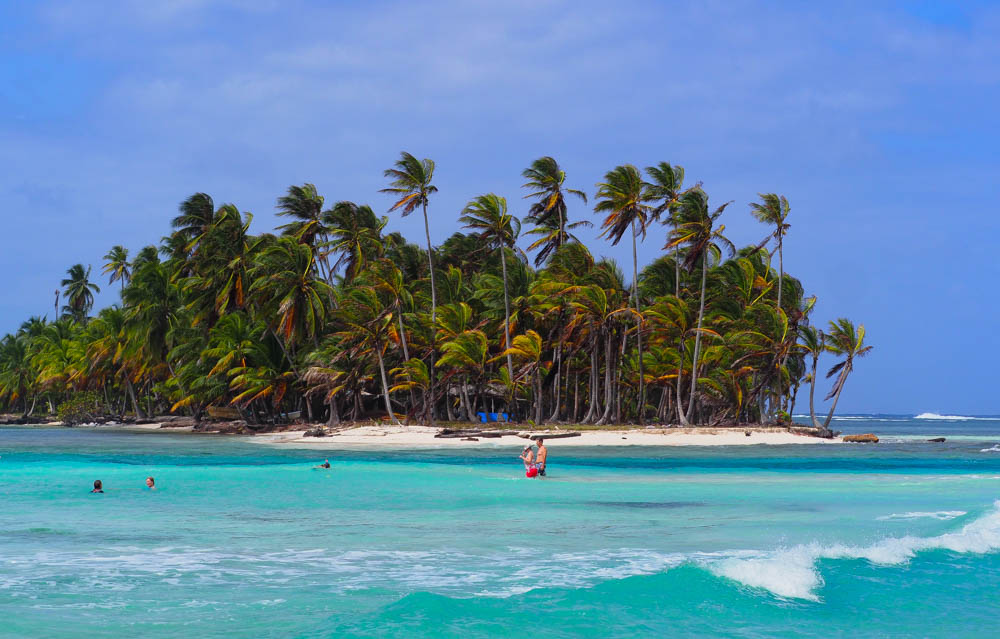
The San Blas Islands are located in the Caribbean sea, just off the Panamanian coast. Pam LeBlanc photo
Our cruise began in Colon, Panama, where we boarded along with about 150 other passengers. We’ll finish in Puntarenas, Costa Rica.
So far, we’ve already spent a day on an undeveloped spit of land the size of a large city block in the San Blas Islands.
The islands are scattered like dice over about 100 square miles. Palm trees swayed, crabs scuttled across sand, and a breeze ruffled my hair. My husband and I strolled sandy paths and swam in the gin-clear water. We didn’t need the snorkel equipment the ship handed out – no reef means not much to look at – but we did play in the waves and watch a brief storm blow in while everyone else retreated to the ship.

The small ship Le Bellot stopped for a day in the San Blas Islands of Panama. Pam LeBlanc photo
Transiting the canal on a Smithsonian Journeys cruise
We spent the next day motoring through the Panama Canal.
Ships and boats pass through six locks as they make their way from the Caribbean to the Pacific, or vice versa. The first locks lift them up 85 feet up to Gatun Lake; on the other side, the locks slowly drop them back down. The entire 51-mile trip took Le Bellot about eight hours.
We stood on deck and listened to live commentary during part of the journey. We took some of it in from our private balcony. And for the memorable last section, I climbed onto an inflatable unicorn in the pint-sized pool on the ship’s back deck and floated.
Related: Hiking and swinging through French Polynesian paradise

A ship makes its way through the Panama Canal in January 2023. Pam LeBlanc photo
I learned a lot along the way.
France began construction of the canal in 1881 but stopped due to high worker mortality and engineering problems. The United States took over in 1904 and the canal opened for business in 1914. More than 25,000 people died during construction. Accidents like rockslides, plus mosquito-borne diseases like malaria and yellow fever, all took a toll.
You can’t do it today, but back in 1928, explorer Richard Halliburton, who was born in Brownsville, paid 36 cents to swim through the canal. Now, between 30 and 40 ships make the passage every day.
A day in Panama City
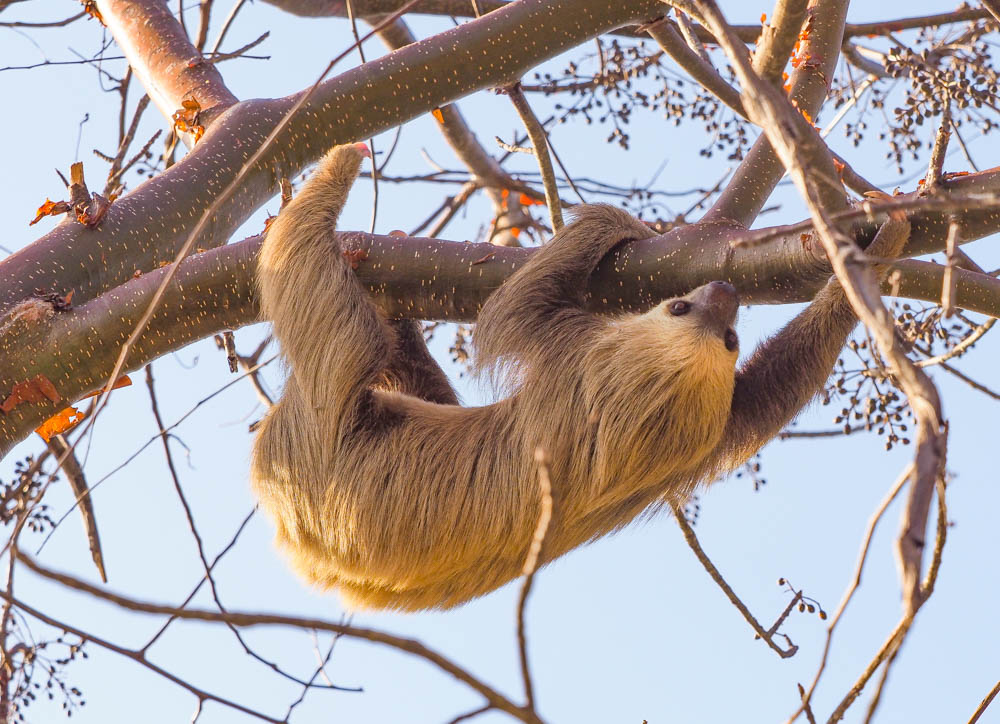
A sloth hangs from a tree outside a Smithsonian Tropical Research Institute facility in Panama City. Pam LeBlanc photo
A three-toed sloth dangled from a tree outside the Punta Culebra Nature Center the next day, when we stopped by for a visit.
The long-haired hippie was on the move, too, slowly making its way along a branch.
The Smithsonian Tropical Research Institute operates research facilities all over Panama. Punta Culebra is the only one regularly open to the public. Exhibits there offer a glimpse into research the organization is doing in Central America.
Since the 1990s, a fungus that dries the skin of amphibians has decimated frog populations across Panama. Through the Panama Amphibian Rescue and Conservation Project, scientists are creating an “ark,” collecting individuals and keeping them in tanks to protect them from the fungus.
A few of those frogs are displayed at the center. I peered into a tank and glimpsed an iconic Panamanian golden frog, which is now functionally extinct in the wild.
“Had it not been for this type of research, it would have been lost,” says Steven Paton, director of the institute’s physical monitoring program. He’s an onboard expert for our cruise.
It’s not just frogs. Scientists here also convinced authorities to create offshore traffic lanes for ships, lessening chances of collisions with whales. The solution has reduced such interactions by 95 percent and saved countless whales.
Outside the center, we watched green iguanas meander the sidewalks and spotted more sloths, including a mother with its baby.
“You cannot look at that and not think it’s a happy face,” Paton said.
The Embera tribe
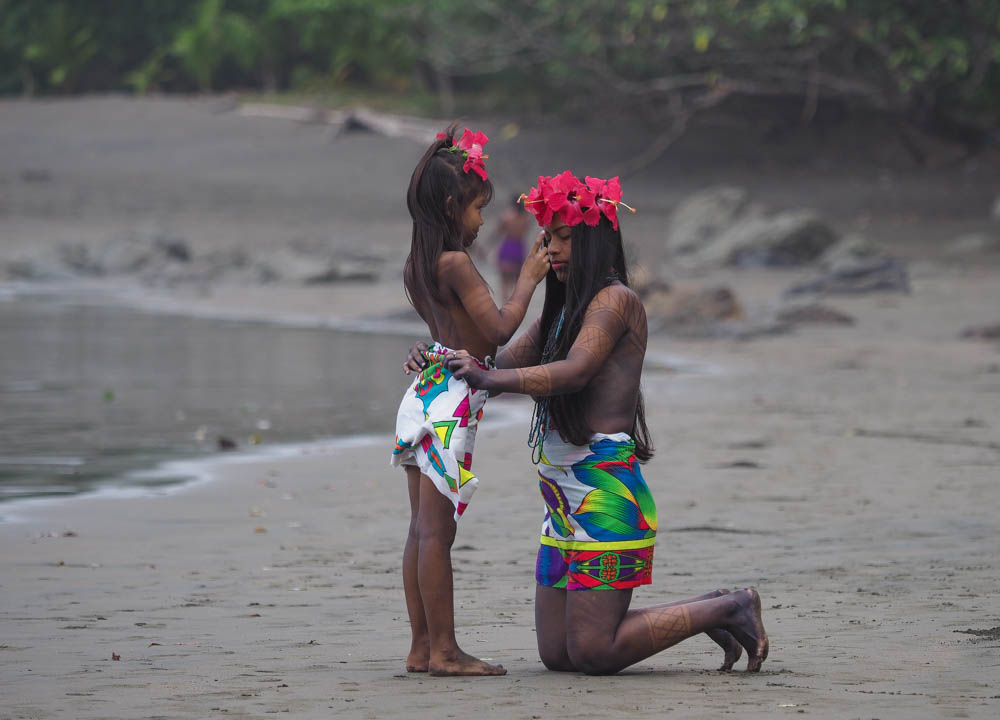
A woman adjusts the skirt of a member of the Embera tribe in the Darien National Park in Panama. Pam LeBlanc photo
But today’s visit with the Embera tribe ranks as the highlight so far.
Since we came ashore this morning, we’ve watched a group of villagers sing and dance and bought homemade trinkets like baskets and wooden carvings at tables they set up during our visit.

A member of the Embera tribe in Darien National Park smiles during a visit by cruise ship passengers. Pam LeBlanc photo
The tribe is one of several that live in scattered settlements in the park. In all, about 12,000 Embera live in the Darien rainforest. Their language, culture and traditions have remained the same for generations. Most women don’t wear tops; men wear strips of fabric tied at the waist. They use jagua, a type of fruit that grows in the jungle, to decorate their skin with temporary tattoos.
The ship has arranged two visits – half the passengers go in the morning, half go a few hours later. We ask if we can stay for both sessions, and we do.
We hike up a dirt trail in the forest to a waterfall, tucked in a vine-covered alcove. Then we swim in the emerald-colored pool at its base, lolling like otters in the cold water. Next, we hike up a ridgeline, where we drink in views of the surrounding coast. And before we leave, we follow another trail down to a hidden beach on the other side of the ridge, where we strip off our clothes and take a final dip in the crashing waves.
One last adventure on a Smithsonian Journeys cruise

Fresh flowers are woven into palm fronds at a village in Darien National Park. Pam LeBlanc photo
We’ve got one final adventure tomorrow – whitewater rafting on a river in Costa Rica – before we disembark for the last time and head to the airport in San Jose for the flight back home.
Tonight, I’ll settle down in a comfortable chair in the ship’s luxurious observation lounge, a glass of wine in hand and the promise of a gourmet meal cooked by a team of French chefs in my near future. I’ll reflect on what I’ve gotten out of this trip.
I’ve learned a lot of history. I saw an endangered frog that illustrates the plight amphibians here are facing. My husband and I met people and shared fascinating discussions. I even took in a few low-key music and dance performances.
And I didn’t see a single belly flop.
This trip has changed my opinion about cruises. Even someone like me, who’s content sleeping in a tent in the backcountry, can find adventure aboard the right vessel.
If You Go

Getting there:
Copa Airlines will offer a new nonstop flight from Austin-Bergstrom International Airport to Panama City, Panama, starting July 6. United, American and Delta also offer service, but you’ll have to make a connection.

Stay:
Smithsonian Journeys offers an array of immersive trips around the world. We stayed aboard the small ship Le Bellot for our weeklong trip through Panama and Costa Rica.
Eat & Drink:
Expect gourmet fare on any Ponant cruise ship.

Do:
Explore islands, transit the Panama Canal, tour museums and research facilities, visit indigenous people in the Darien National Forest, or go whitewater rafting.

Pro tip:
Come ready to learn.








